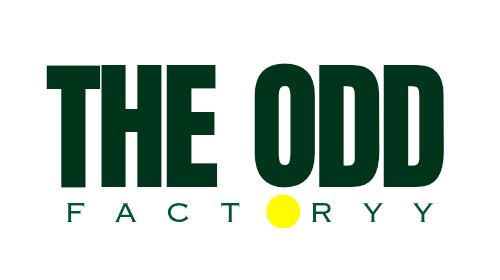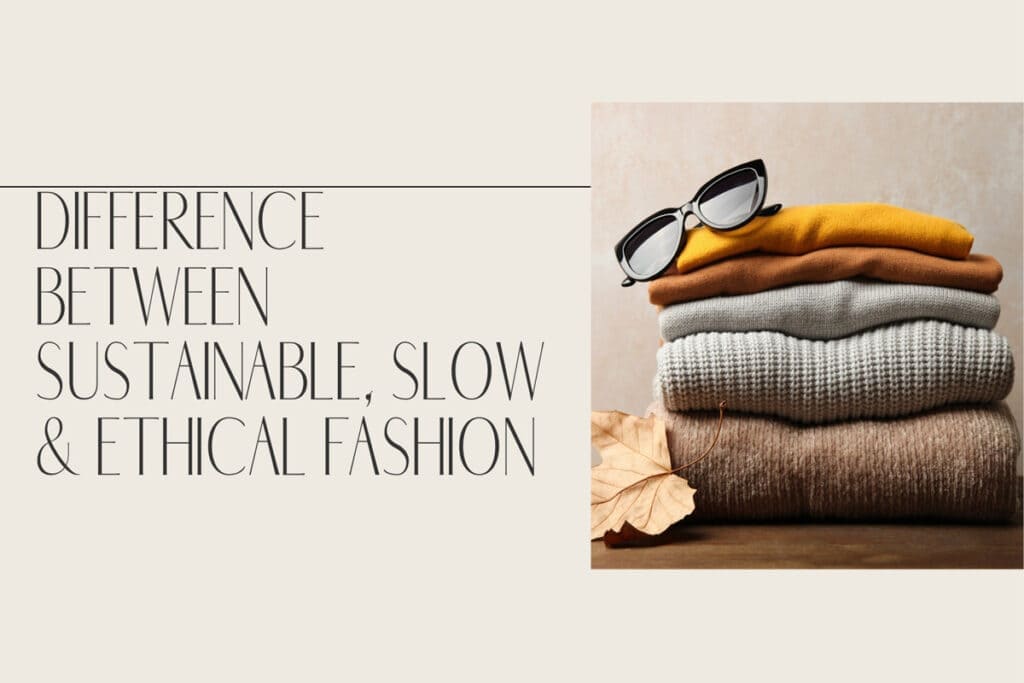In the evolving world of fashion, three significant movements have emerged to counter the detrimental impacts of the traditional fashion industry: sustainable fashion, slow fashion, and ethical fashion. Each movement addresses specific concerns and promotes a more conscious approach to fashion production and consumption. This blog delves into the definitions, principles, and key practices of these movements, highlighting their unique contributions to a more responsible fashion industry.
What is Sustainable Fashion?
Sustainable fashion focuses on minimizing the environmental impact of clothing production and consumption. This movement prioritizes the use of eco-friendly materials, energy-efficient processes, and waste reduction strategies to create garments that are kinder to the planet.
Key Practices in Sustainable Fashion
- Use of Eco-friendly Materials: Sustainable clothing manufacturers often use organic, recycled, and biodegradable materials.
- Energy-efficient Production: Reducing energy consumption in manufacturing processes.
- Waste Reduction: Minimizing waste through recycling, upcycling, and zero-waste patterns.
- Water Conservation: Implementing practices that reduce water usage and pollution.
- Eco-conscious Manufacturing: Reducing water usage, minimizing waste, and utilizing renewable energy sources in the production process.
- Longevity and Quality: Designing durable clothing that lasts longer to reduce the frequency of purchases and waste.
Sustainable fashion aims to create a circular economy where products are designed for longevity, reuse, and recycling.
Benefits of Sustainable Fashion
- Environmental Protection: Reduces pollution and conserves natural resources.
- Healthier Ecosystems: Promotes biodiversity and reduces the impact on wildlife.
- Long-term Viability: Encourages sustainable consumption patterns that can be maintained over time.
- Longevity: Produces durable clothing that lasts longer, reducing the need for frequent replacements.
- Consumer Awareness: Encourages consumers to make environmentally conscious purchasing decisions.
What is Slow Fashion?
Slow fashion is a movement that emphasizes quality over quantity. It advocates for producing fewer pieces of higher quality that are designed to last longer. This approach is a direct response to the fast fashion industry, which is characterized by rapid production and disposable clothing.
Key Practices in Slow Fashion
- Quality Over Quantity: Prioritizing high-quality materials and craftsmanship.
- Timeless Design: Creating classic, versatile pieces that remain stylish over time.
- Local Production: Supporting local artisans and reducing carbon footprints by minimizing transportation.
- Small Batch Production: Producing fewer items to reduce overproduction and waste.
- Artisanal Craftsmanship: Emphasizing traditional craftsmanship and high-quality materials to create durable and unique pieces.
- Timeless Design: Focusing on classic, versatile designs that are not subject to the fast-changing trends of the fashion industry.
- Conscious Consumption: Encouraging consumers to buy less and choose better-quality items that they truly love and will use for years.
- Craftsmanship: Emphasizing traditional skills and techniques.
- Fair Wages: Ensuring fair compensation for workers.
- Reduced Production Cycles: Slowing down the production process to improve quality.
Benefits of Slow Fashion
- Durability: High-quality garments that stand the test of time.
- Support for Artisans: Promotes fair wages and skilled craftsmanship
- Longevity: Higher quality garments that last longer.
- Reduced Waste: Lower consumption leads to less textile waste.
- Economic Support: Supports local economies and skilled artisans.
What is Ethical Fashion?
Ethical fashion focuses on the social impact of clothing production. It prioritizes fair labor practices, safe working conditions, and respect for workers’ rights throughout the supply chain.
Key Practices in Ethical Fashion
- Fair Wages: Ensuring workers are paid fair wages for their labor.
- Safe Working Conditions: Providing a safe and healthy work environment.
- Transparency: Maintaining transparency in supply chains to ensure ethical practices.
- No Exploitation: Opposing child labor and forced labor.
- Animal Welfare: Using cruelty-free materials and opposing animal testing
- Transparency: Maintaining transparency in the supply chain, allowing consumers to make informed choices.
Benefits of Ethical Fashion
- Human Rights: Supports fair treatment and empowerment of workers.
- Consumer Trust: Builds trust and loyalty among ethically conscious consumers.
- Positive Social Impact: Contributes to social and economic development in manufacturing communities.
Comparative Analysis
While sustainable, slow, and ethical fashion movements share common goals of creating a more responsible fashion industry, they each address different aspects:
- Sustainable Fashion focuses on environmental impact and resource conservation.
- Slow Fashion emphasizes quality, longevity, and thoughtful consumption.
- Ethical Fashion prioritizes fair labor practices and workers’ rights.
Together, these movements offer a comprehensive approach to transforming the fashion industry into a more sustainable and ethical space.
The Future of Fashion
The future of fashion lies in a harmonious blend of sustainability, slow, and ethical principles. By supporting brands like The ODD Factory, which embody these values, consumers can drive the industry towards a more responsible and conscious future.
The ODD Factory collaborates with both sustainable clothing manufacturers and ethical clothing manufacturers, ensuring that every piece of clothing they produce aligns with these values. By choosing to support such brands, consumers play a vital role in transforming the fashion industry into a force for good.



